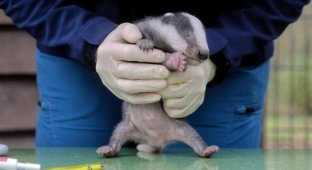They just stick out of the ground: why are there an indecently large number of mammoths in Siberia? (8 photos)
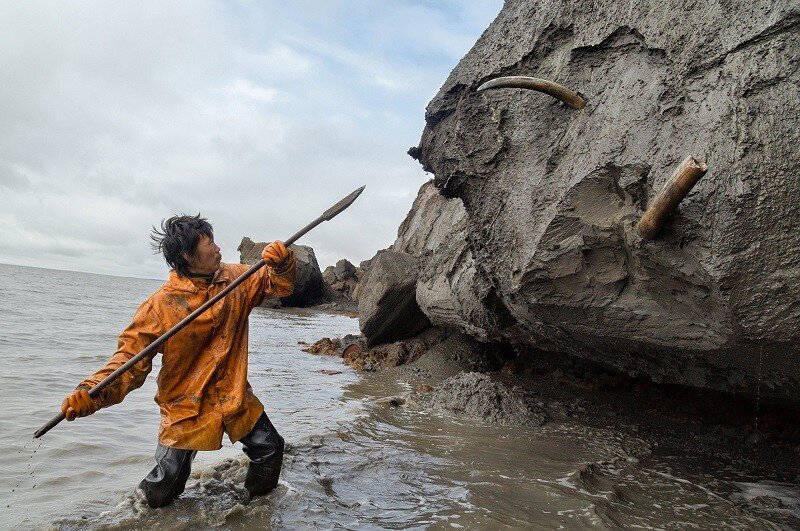
The Ice Age ended long ago, but this guy is still hunting...
Even at the end of the 19th century, from 8 to 25 tons of raw materials per year were still exported from Siberia! And this is only according to official sources! 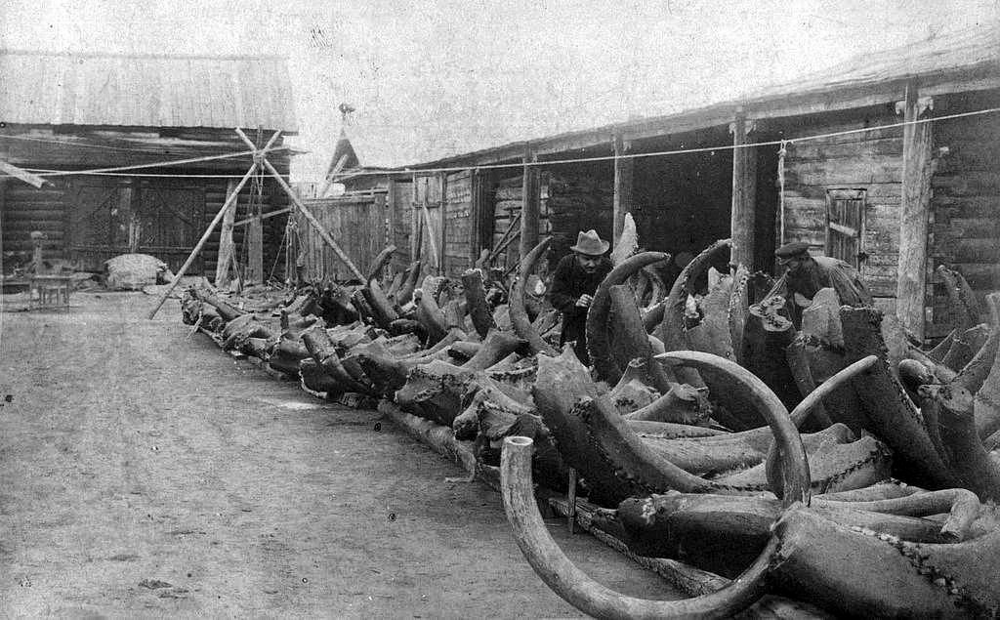
An important source of bones was the Bear Islands, an archipelago located in the East Siberian Sea.
Mining was finally stopped only in the 30s of the last century, but not because the bones ran out, but because fashion had changed. But where are there such herds of elephants in Siberia that they can be exported for decades? Have we really missed the great proboscis genocide that scientists are hiding from the public? 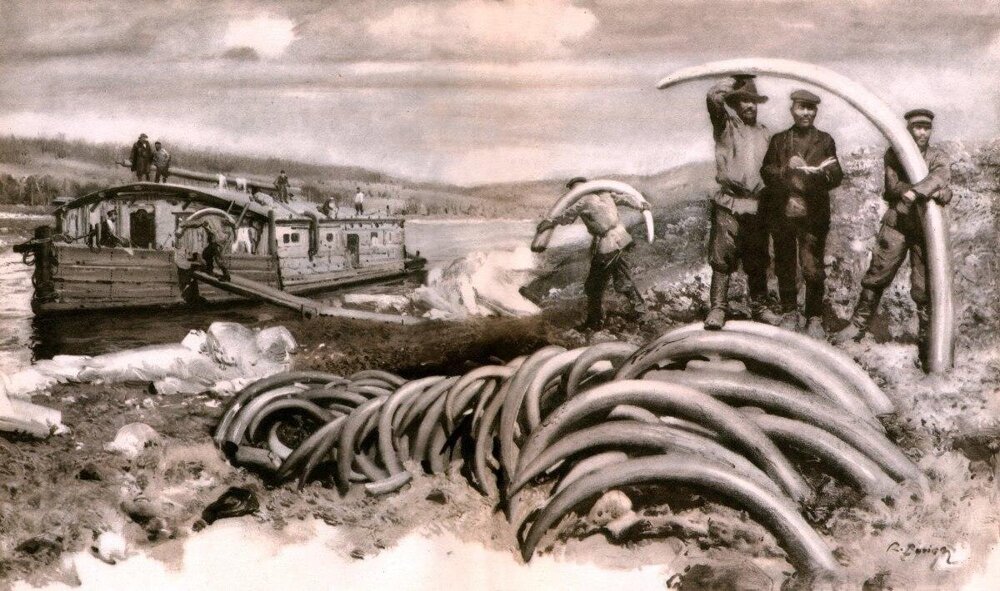
The bones were sorted by size and type. The tusks were most valued.
No, there have never been elephants in Siberia. But herds of mammoths were quite common, and for hundreds of thousands of years. A long time ago, when the sun was brighter and the grass was greener, mammoths were typical inhabitants of the tundra-steppes. The tundra-steppe is a special ecosystem, which currently has no analogues. Its productivity was not much lower than that of the African prairies: 1.5-2 million kilometers of dense and tall grassy thickets fed up to 30 thousand mammoths and hundreds of thousands of smaller herbivores, 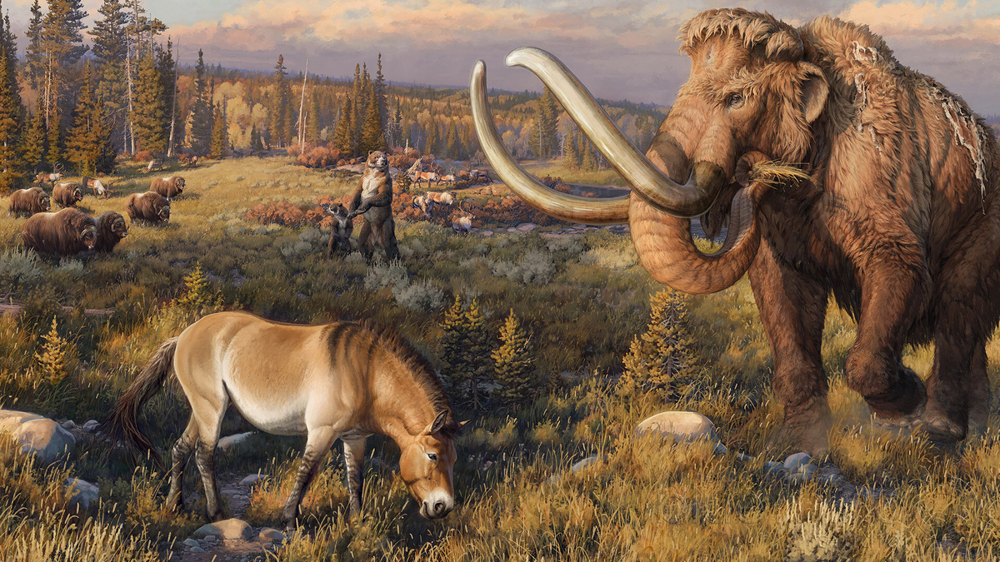
The tundra we lost.
The glaciers grew and shrank, and woolly mammoths moved with them. Therefore, their bones are found from the arctic wastes of Eurasia and Alaska to the arid plains of Mexico and the steppes of northern China. But on an industrial scale they are found only in Siberia. Here the climate has been constant for thousands of years. That is why the vast majority of woolly proboscideans were born, lived and died on these lands. 
Of course, not all bones have survived to this day. But paleontologists are still finding skeletons, fur, and even the stomach contents of ancient animals! How did such ancient remains manage to be preserved? 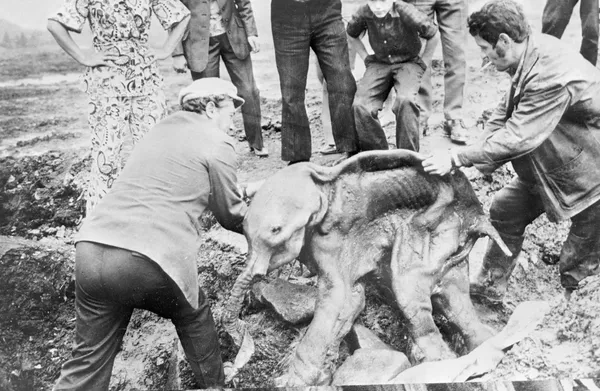
One of the “youngest” mammoths. He lived on Wrangel Island 3300 years ago.
All thanks to the fact that nature itself mummified them! The bodies of the giants lay in fertile soil. Or rather, they just didn’t get into the soil. Swamps and permafrost reliably preserved the remains: scavengers and bacteria could not break down organic matter. 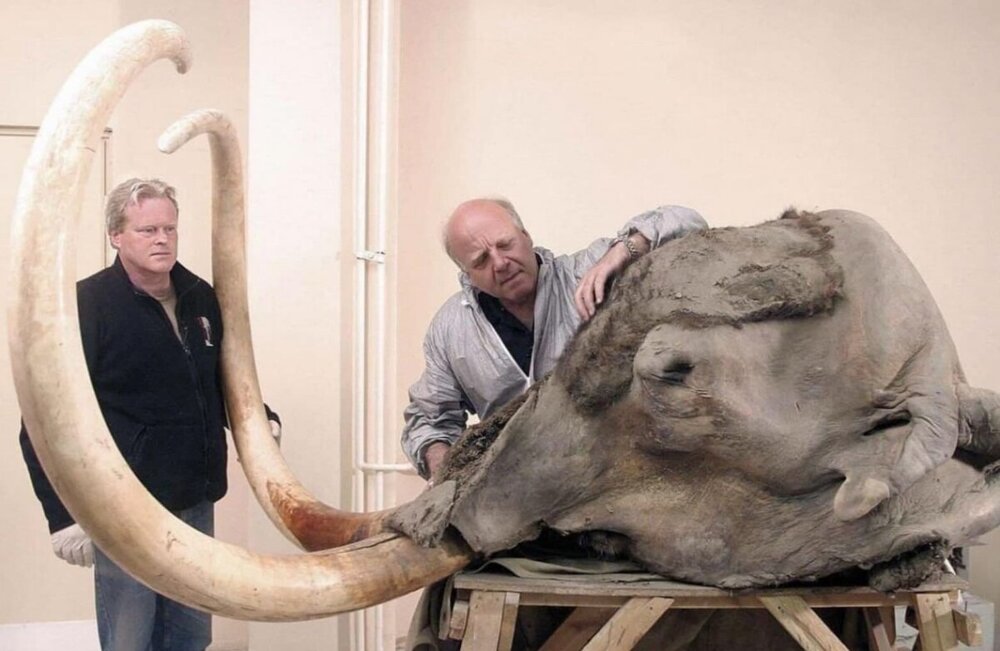
This is the Yukaghir mammoth. He was found in the fall of 2002 in Yakutia. It is still considered one of the most complete finds!
The Ice Age has passed, but permafrost has not gone away. Until now, most of our country is covered in a frozen zone! This means that hundreds, if not thousands of tons of remains of ancient animals are still hiding underground, waiting in the wings. 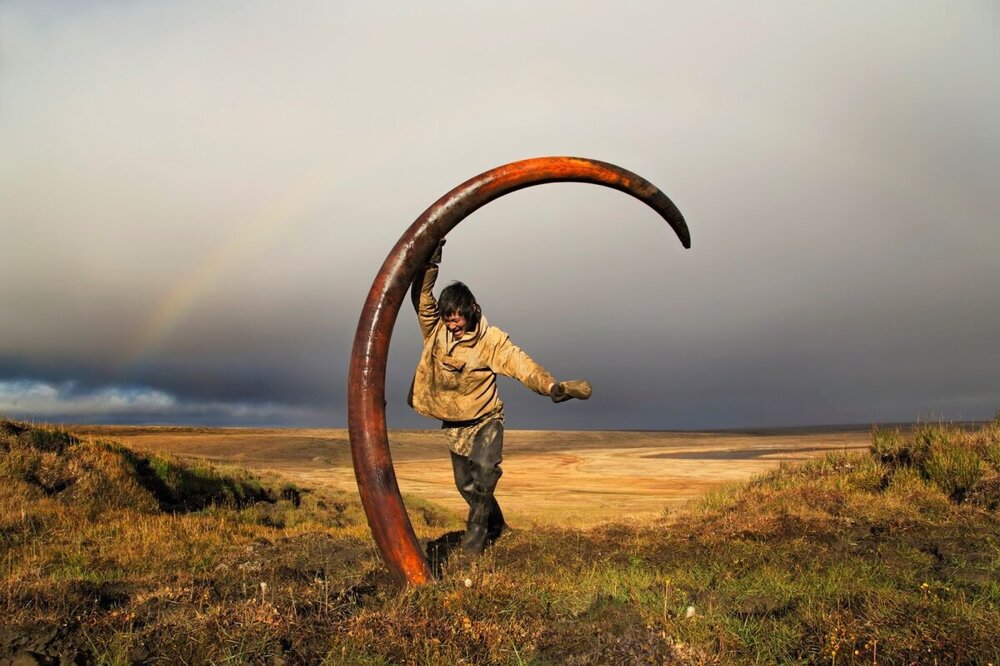
Or maybe the ancient Hyperboreans really bred herds of mammoths and rode them like horses?















